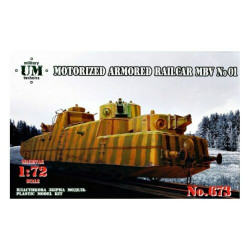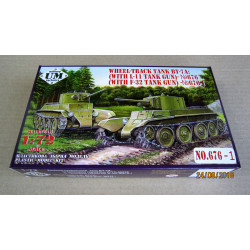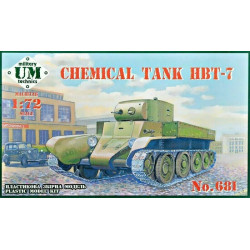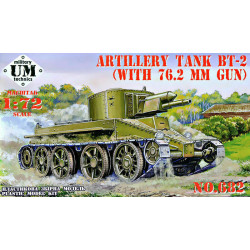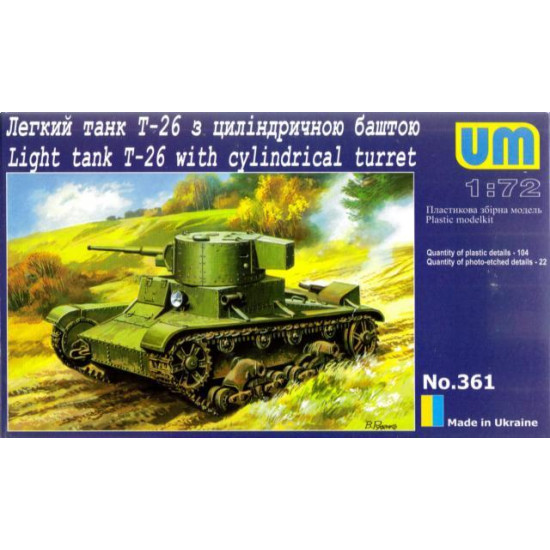
T-26 light tank with cylindrical turret
1/72scale plastic model kit
UMT361
Manufacturer: UMmt (Ukraine)
Scale: 1/72
Material: Plastic
Condition: New in Box
The T-26 tank was a Soviet light infantry tank used during many conflicts of the 1930s and in World War II. It was a development of the British Vickers 6-Tontank and was one of the most successful tank designs of the 1930s until its light armour became vulnerable to newer anti-tank guns. It was produced in greater numbers than any other tank of the period, with more than 11,000 manufactured. During the 1930s, the USSR developed 53 variants of the T-26, including flame-throwing tanks, combat engineer vehicles, remotely controlled tanks, self-propelled guns, artillery tractors, and armoured carriers. Twenty-three of these were series-produced, others were experimental models.
The T-26 together with the BT was the main tank of the Red Army's armoured forces during the interwar period. The T-26 was the most important tank of theSpanish Civil War and played a significant role during the Battle of Lake Khasan in 1938 as well as in the Winter War in 1939–40. Though nearly obsolete by the beginning of World War II, the T-26 was the most numerous tank in the Red Army's armoured force during the German invasion of the Soviet Union in June 1941. The T-26 fought the Germans and their allies during the Battle of Moscow in 1941–42, the Battle of Stalingrad and the Battle of the Caucasus in 1942–1943; some tank units of the Leningrad Front used their T-26s until 1944. Soviet T-26 light tanks last saw use in August 1945, during the defeat of the Japanese Kwantung Army in Manchuria.
The T-26 was exported and used extensively by Spain, China and Turkey. Captured T-26s were used by the Finnish, German, Romanian and Hungarian armies. The tank was reliable and simple to maintain, and its design was continually modernised between 1931 and 1941. No new models of the T-26 were developed after 1940.
The Soviets did not simply replicate the Vickers 6-Ton. Like its British counterpart, the T-26 mod. 1931 had a twin-turreted configuration and was designed to carry two machine guns, mounting one in each turret. A major difference between the Soviet T-26 mod. 1931 and the British 6-Ton were higher turrets on the T-26, with an observation slit. Soviet turrets had a round firing port for the DT tank machine gun, as opposed to the rectangular ports used by the original British design for the Vickers machine gun. The front part of the hull was also slightly modified.
Hulls of twin-turreted T-26s were assembled using armoured plates riveted to a frame from metal angles. Some tanks, produced in 1931, had sealing zinc shims at the hull bottom between armoured plates for fording water obstacles. After problems with rain entering the engine compartment, a special cover was installed over an air outlet window after March 1932. Some T-26s produced at the end of 1932–1933 had a riveted and welded hull. The T-26 mod. 1931 had two cylindrical turrets mounted on ball bearings; each turret turned independently through 240°. Both turrets could provide common fire in front and rear arcs of fire (100° each). The disadvantage of such configuration was that all the tank's firepower could not be used at once on the same side. Four modifications of turrets existed, and they were mounted on tanks in different combinations (for instance, a tank with a riveted hull could have riveted and welded turrets).
The hull and turrets of the T-26 mod. 1931 had a maximum armour thickness of 13–15 mm (until 1938, see below), which was sufficient to withstand light machine gun fire. Many twin-turreted tanks of the first series had 10 mm armour plates of low quality, which could be penetrated by 7.62 mm armour-piercing bullets from 150 m.
| T-26 | |
|---|---|
 T-26 mod. 1933 at the museum "Breaching of the Leningrad Blockade" near Kirovsk, Leningrad Oblast. This tank was raised from a river bottom at Nevsky Pyatachok in May 2003. |
|
| Type | Light infantry tank |
| Place of origin | Soviet Union |
| Service history | |
| In service | 1931–45 in the USSR 1936–53 in Spain 1940–61 in Finland |
| Used by |  Soviet Union Soviet Union Second Spanish Republic Second Spanish Republic Nationalist Spain Nationalist Spain Finland Finland Republic of China Republic of China Turkey Turkey Nazi Germany Nazi Germany Kingdom of Romania Kingdom of Romania Kingdom of Hungary Kingdom of Hungary Kingdom of Afghanistan Kingdom of Afghanistan |
| Wars |
Spanish Civil War
|
| General Product Info | |
| Scale | 1/72 |
We have the lowest worldwide shipping. And it's totally simple.
EUROPE, USA, CANADA TURKEY, ISRAEL, EGYPT, UE CHINA, JAPAN, HK, S.KOREA | AU NZ MX South America, Asia | |
| Order weight up to 0.22kg or 0.48lb | US$ 8.90 | US$ 8.90 |
| Order weight up to 0.44kg or 0.97lb | US$ 13.95 | US$ 17.90 |
| Order weight over 0.44kg or 0.97lb | US$ 19.99 | US$ 29.99 |
| Order total over $150 | FREE | US$ 29.99 |
Shipping to some countries not qualifies for the free shipping option but costs not over $29.99 for any sized order. Sorry for that, your location is too far.
- Stock: 4
- Model: UMT361
- DATE ADDED: 03/03/2014
- EAN: 4770190050814
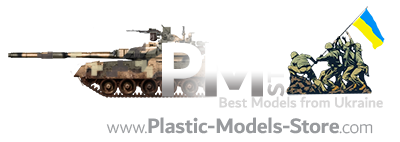
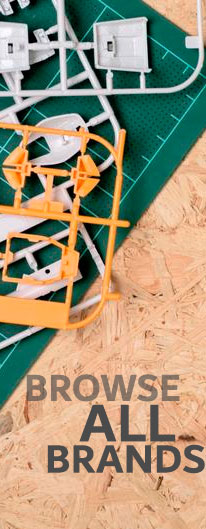




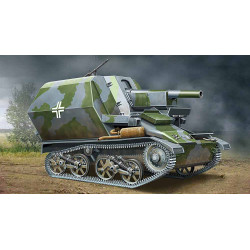
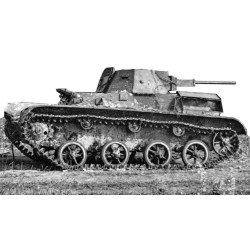
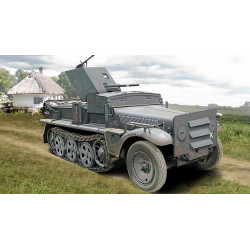
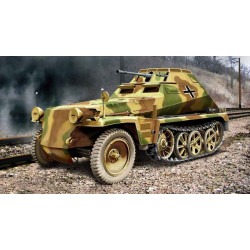
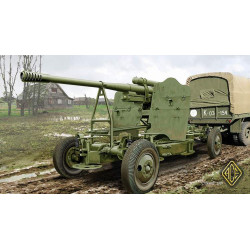
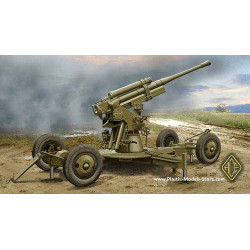

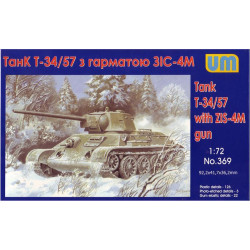
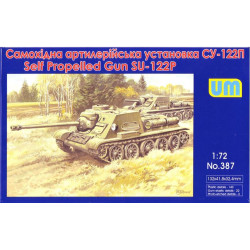
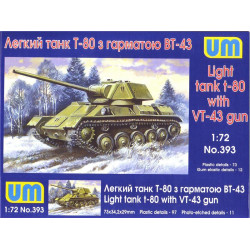
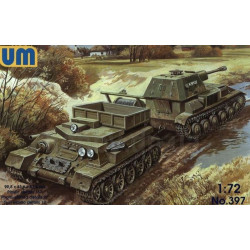
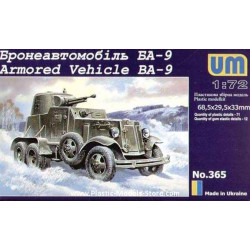
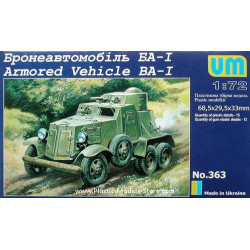
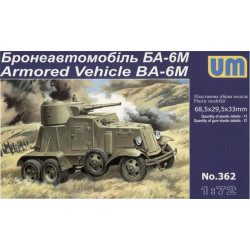
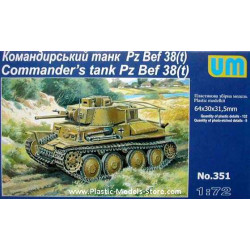
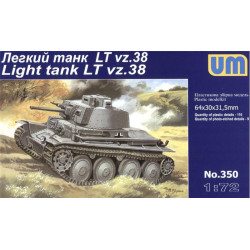
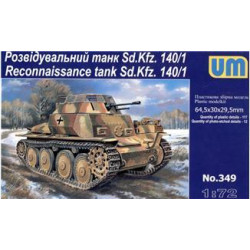
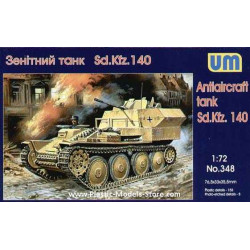
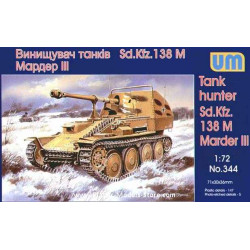
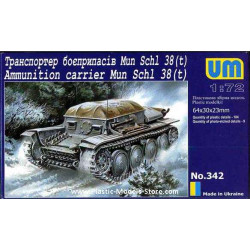
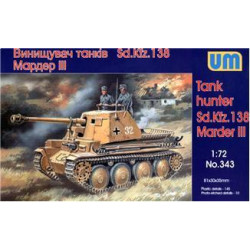
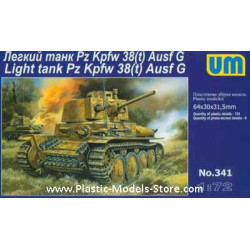
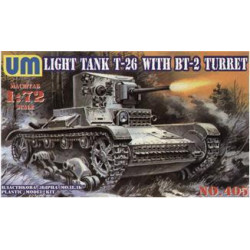
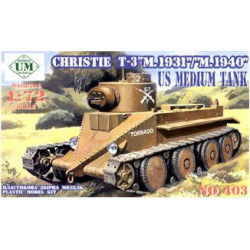
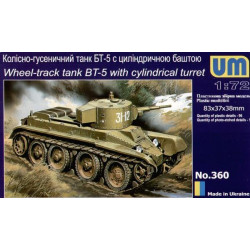
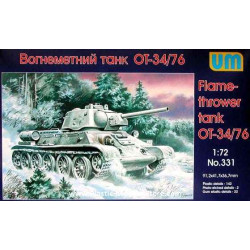
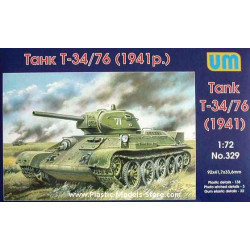
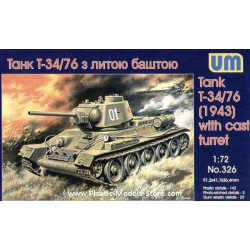
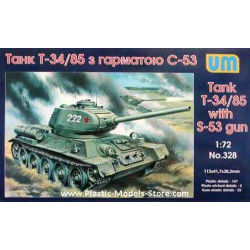
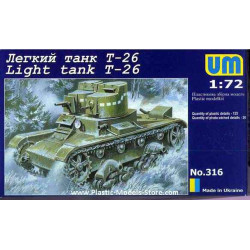
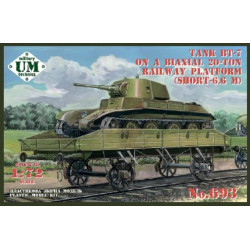
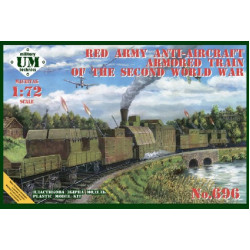
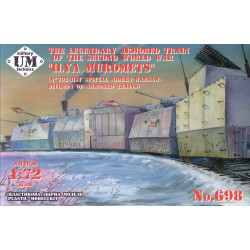

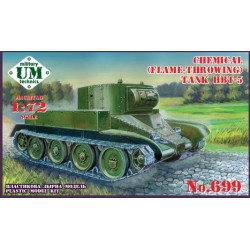

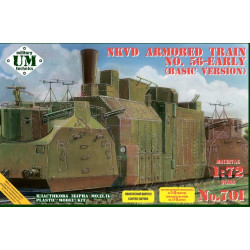

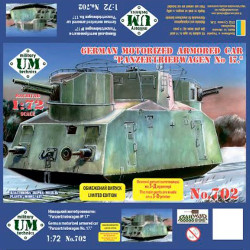
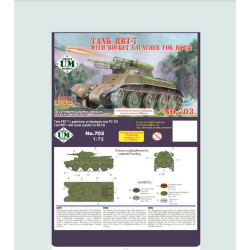

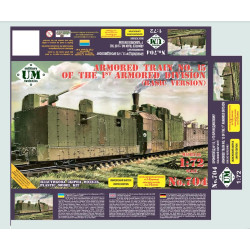

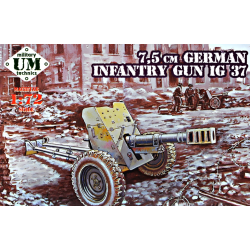
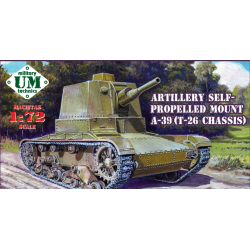
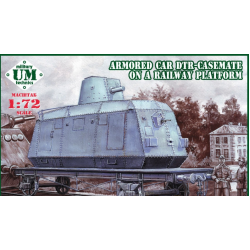
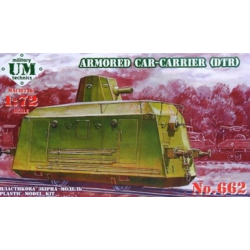
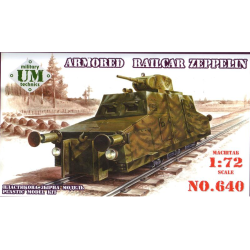


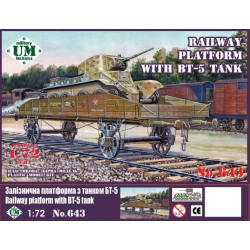
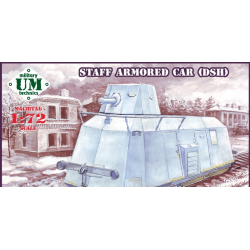
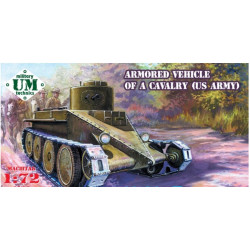
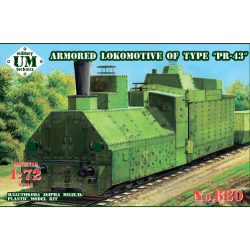

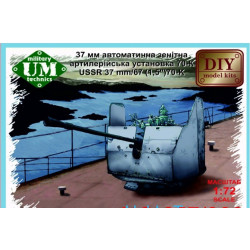
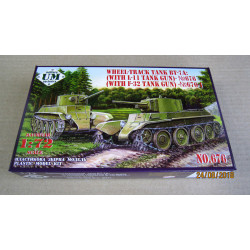
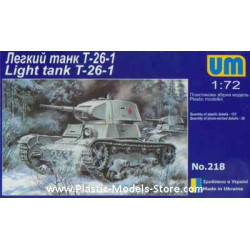
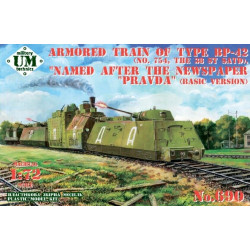
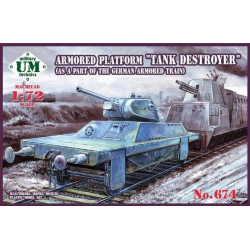
%20Krasny%20Putilovets%201-250x250w.jpg)
